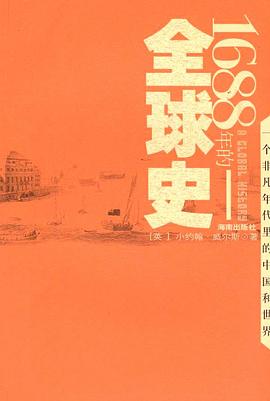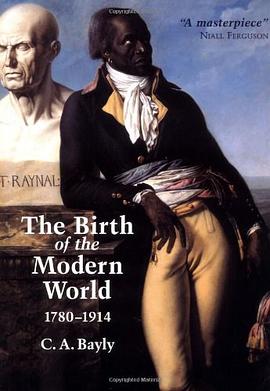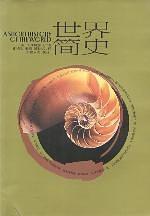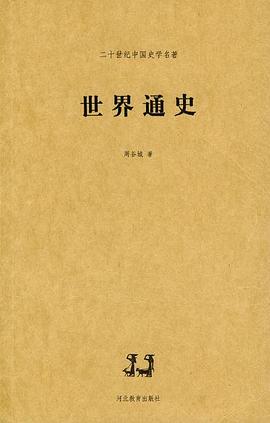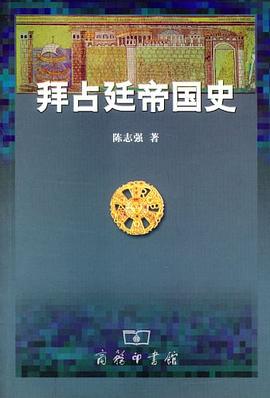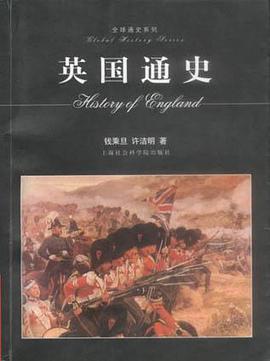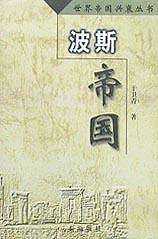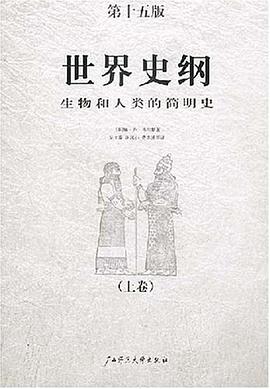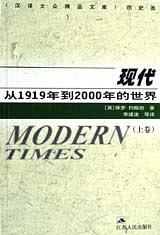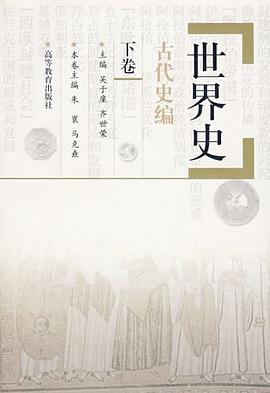

From the Author to the Reader
Each age writes its own history. Not because the earlier history is wrong, but because each age faces new problems, asks new questions, and seeks new answers. This precept is self-evident today when the tempo of change is increasing exponentially, creating a correspondingly urgent need for new history posing new questions and offering new answers.
Our own generation, for example, was brought up on West-oriented history, and naturally so, in a West-dominated world. The nineteenth and early twentieth centuries were an era of Western hegemony in politics, in economics, and in culture. But the two World Wars and the ensuing colonial revolutions quickly ended that hegemony, as evidenced by the disappearance of the great European empires from the maps of the world. The names and the colors on the maps changed radically, reflecting the new world that had emerged by the mid-twentieth century.
Slowly and reluctantly we recognized that our traditional West-oriented history was irrelevant and misleading in this world. A new global perspective was needed to make sense of the altered circumstances. The transition from the old to the new was achieved, albeit with much soul searching and acrimony. By the 1960s the reality of the shift was evident in the emergence of the World History Association, in the appearance of the Journal of World History, and in the publication of the first edition of this text.
This brings us back to our original question: Why publish a new edition for the twentieth-first century, only a few decades after the first edition? The answer is the same as the answer given to justify the first edition: a new world requires a correspondingly new historical approach. The postcolonial world of the 1960s necessitated a new global history. Today the equally new world of the 1990s, and of the twentieth-first century, requires an equally new historical approach. The new world of the 1960s was in large part the product of the colonial revolutions. The new world of the 1990s , as Pope Pius VI noted, is the product of the “magic influence of science and technology”. The pervasiveness of this influence is evident in the “gigantic problems” it has created in all aspects of our lives. For example, students of the late twentieth century doubtless remember their daily prostration under their wooden desks, probably wondering what protection those flimsy structures could offer against nuclear bombs.
The generation of students had to face up to not only new dangers to human life, but also to unprecedented peril to the mother Earth which had given birth to that life. Oceanographer Jacques Cousteau has warmed: Mankind has probably done more damage to the Earth in the twentieth century than in all previous human history. Likewise the environmental organization Worldwatch Institute concluded in 1989: By the end of the next decade the die will pretty well be cast. As the world enters the twentieth-first century, the community of nations either will have rallied and turned back the threatening trends, or environmental deterioration and social disintegration will be feeding on each other.
具體描述
讀後感
斯塔夫里阿诺斯的《全球通史》本是极好的,我至今忘不了高中时候从体育老师手中接过这本书读完后的兴奋感,以至于日后面试鄙校历史系新生学妹时,见其不无炫耀的介绍自己高中时候就读过这本书的得意神态,有种似曾相似感。在此之前只有黄仁宇,在此之后仅有皮雷纳、斯宾格勒在...
評分开始我也不知道选择读哪个版本,也不知道两个版本有什么不同,于是这两个版本的书我对照的读了几个章节,发现一些区别。 北大的比上海社科院的文字内容要少,北大的那版成段的删除了很多描述性文字,我建议有时间或者想细读的话,选择上海社科院出版的。 但北大的图片及地图的...
評分 評分开始我也不知道选择读哪个版本,也不知道两个版本有什么不同,于是这两个版本的书我对照的读了几个章节,发现一些区别。 北大的比上海社科院的文字内容要少,北大的那版成段的删除了很多描述性文字,我建议有时间或者想细读的话,选择上海社科院出版的。 但北大的图片及地图的...
評分话说天下大势,分久必合,合久必分。 -----《三国演义》第一回 吃饭的时候,长辈们讨论起台独问题,某个人背诵了三国演义中的这段话,长辈们纷纷点头,我不能插嘴,只好苦笑…… 天下大势,为什么会分久必合?为什么日本朝鲜越南,从来就没有和...
用戶評價
很多感興趣的問題...
评分買下來瞭
评分TOO
评分此書在國內的人氣遠超國外 內容偏重論述 曆史事件講的比較簡略。。。 文明史就是農耕文化和遊牧民族的衝突的曆史,文明即競爭
评分雖然是被逼著讀的,可是相當的不錯。
相關圖書
本站所有內容均為互聯網搜索引擎提供的公開搜索信息,本站不存儲任何數據與內容,任何內容與數據均與本站無關,如有需要請聯繫相關搜索引擎包括但不限於百度,google,bing,sogou 等
© 2025 qciss.net All Rights Reserved. 小哈圖書下載中心 版权所有

